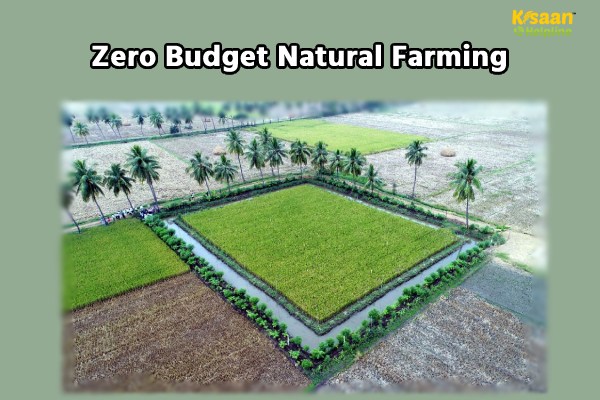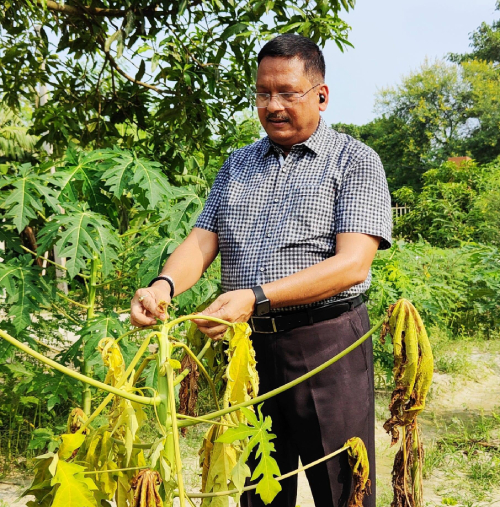Zero Budget Natural Farming (ZBNF)

Rashmi priya, Shivani kumari, Shivani kumari, Bandana kumari and Prerna Bhargav
1. Student, B.Sc. (Ag.) 4th year, Shivalik Institute of Professional Studies, Dehradun
2. Assistant Professor, Shivalik Institute of Professional Studies, Dehradun
ZBNF is a set of farming methods, and also a grassroots peasant movement, which has spread to various states in India.
According to the “zero budgets” concept, farmers won’t have to spend any money on fertilizers and other agricultural inputs.
- Over 98% of the nutrients that crops require — carbon dioxide, nitrogen, water, solar energy — are already present in nature.
- The remaining 1.5-2% are taken from the soil, after microorganisms convert them from “non-available” to “available” forms, for intake by the roots.
- This is where the special package of practices which, Palekar says he perfected during the 1990s at his 36-acre farm in Belura village of Amravati district in Maharashtra’s drought-prone Vidarbha region, comes in.
Four Wheels of ZBNF
- The “four wheels” of ZBNF are ‘Jiwamrita’, ‘Bijamrita’, ‘Mulching’ and ‘Waaphasa’.
- Jiwamrita is a fermented mixture of cow dung and urine (of desi breeds), jaggery, pulses flour, water and soil from the farm bund.
- This isn’t a fertilizer, but just a source of some 500 crore micro-organisms that can convert all the necessary “non-available” nutrients into “available” form.
- Bijamrita is a mix of desi cow dung and urine, water, bund soil and lime that is used as a seed treatment solution prior to sowing.
- Mulching, or covering the plants with a layer of dried straw or fallen leaves, is meant to conserve soil moisture and keep the temperature around the roots at 25-32 degrees Celsius, which allows the microorganisms to do their job.
- Waaphasa, or providing water to maintain the required moisture-air balance, also achieves the same objective.
Astra’s of ZBNF against pest attacks
- Palekar also advocates the use of special Agniastra, Bramhastra and Neemastra concoctions — again based on desi cow urine and dung, plus pulp from leaves of neem, white datura, papaya, guava and pomegranates — for controlling pest and disease attacks.
- ZBNF uses farmyard manure or vermicompost mostly produced from Eisenia fedita, a species imported from Europe and Canada.
- These foreign earthworms accumulate heavy metals like lead, arsenic and cadmium, which get transferred into their castings that, far from being manure, are actually toxic to the soil.
- So, the soil fertility, instead of improving, only reduces.
- He says that in ZBNF, the work of making nutrients available to plants is done exclusively by microorganisms from Jiwamrita and local earthworms.





.jpg)
.jpg)
.jpg)
.jpg)